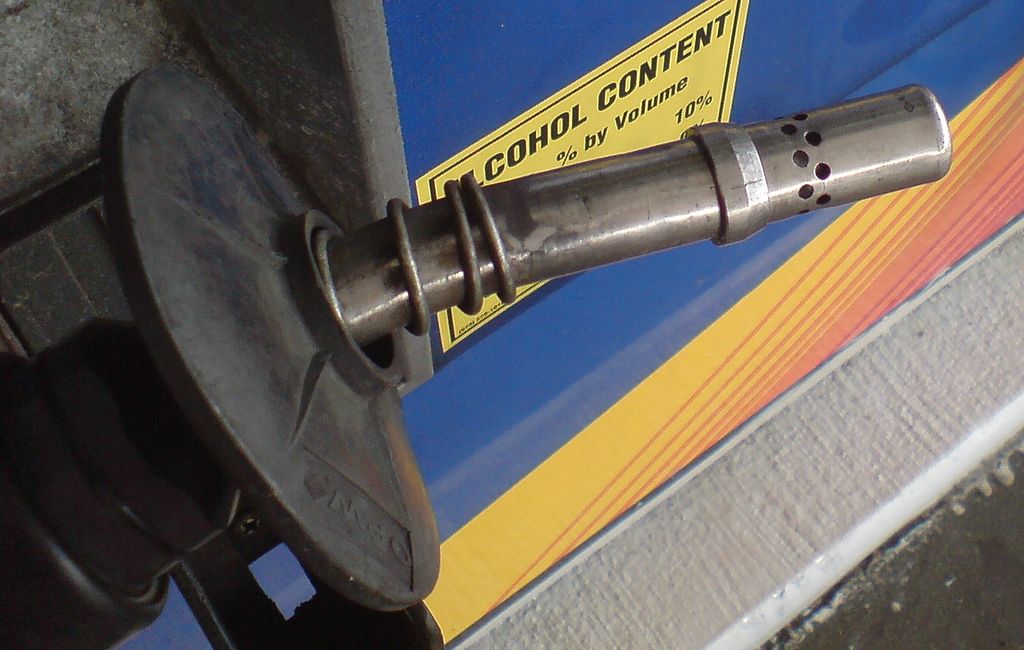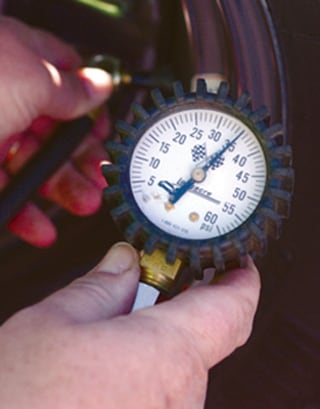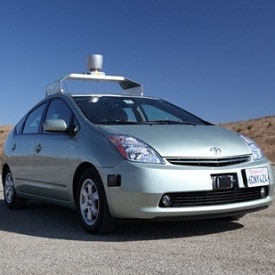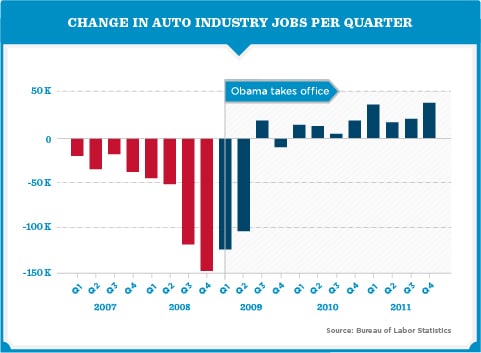
The American economy is in the worst shape most people have ever experienced. Instead of buying cars based on horsepower or size, many Americans are basing buying decisions on other factors related to cost of ownership. The most common of these may well be fuel expense. It's an easy item to notice because we fill our tanks so frequently.
Fuel expense rises and falls based on two factors. The first is the fuel economy of a vehicle. The second is the price of fuel. Drivers seek to control both, and the good news is, it's possible to manage both sides of the fuel expense coin.





